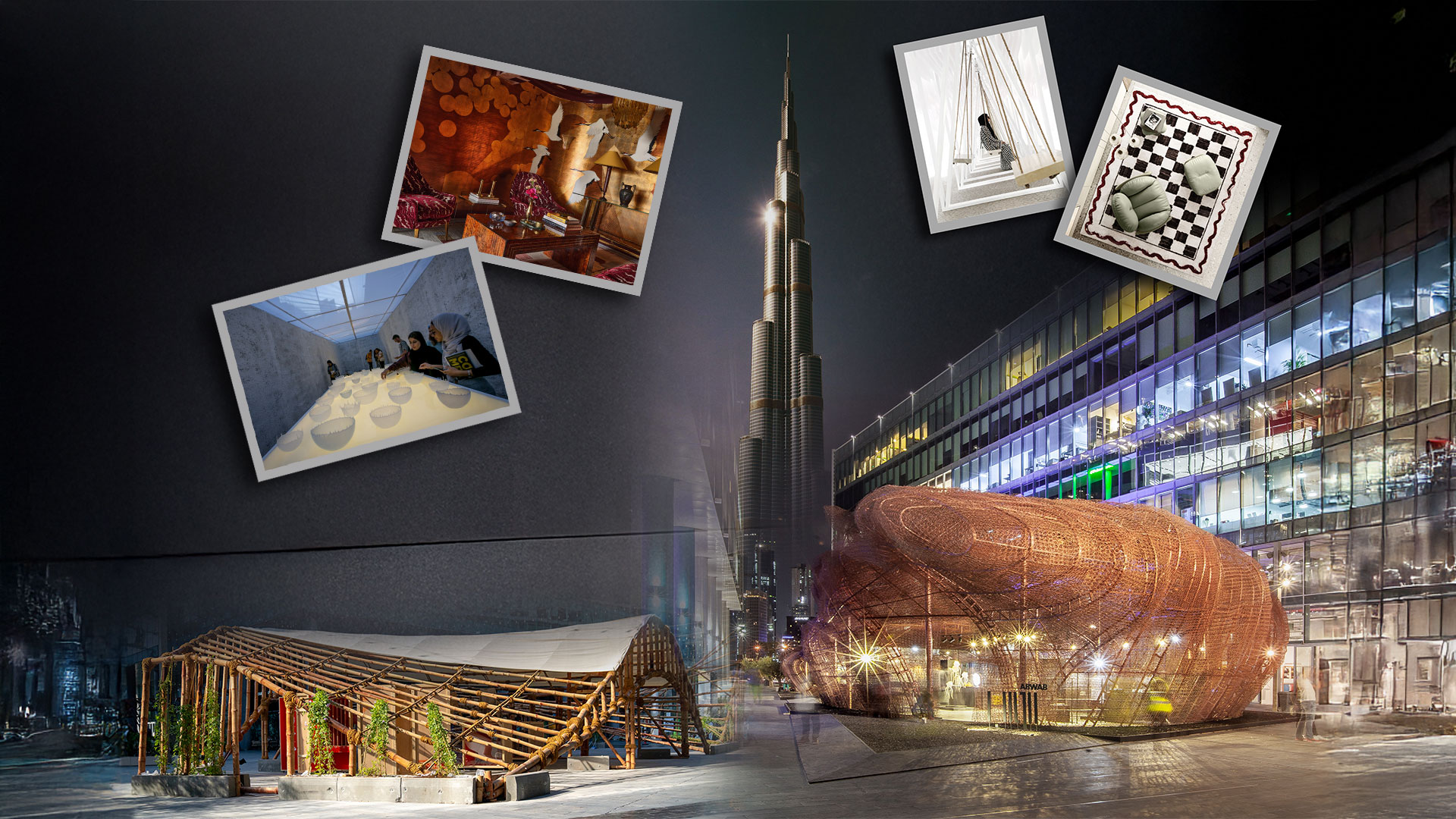
Pages of Wanders: Undiminished by the digital age, libraries speak volumes about our shared history and thirst for knowledge
Throughout history, libraries have served as centres for learning and debate, powering innovations and movements. The Renaissance saw a surge in libraries as they became hubs for the scholars and thinkers of the day. The modern public library movement, which began in the 19th century, democratised access to information, making education and literature available to all, regardless of socioeconomic status.
Truly, libraries have long stood as bastions of knowledge, history and beauty, and their significance remains unwavering despite an increasingly digital world. However, as we look to the future, the challenge for these edifices lies in adapting to new technologies while maintaining their core values. Innovative libraries are already embracing digital advancements by offering hybrid services that combine physical and digital readings, e-books and online courses.
Moreover, sustainability is becoming a focus, with many libraries advocating eco-friendly practices within their buildings and programming. By prioritising green initiatives, modern-day bibliotheca can serve as model institutions for environmental stewardship.
Today’s bookworms can appreciate libraries not just for their highbrow collections, but also their breathtaking architecture that invites exploration and contemplation. From enchanting monastery libraries to sleek, modern book repositories, these sanctuaries offer unique cultural experiences and stunning aesthetics. Here, we browse around some of the most beautiful and most comprehensive libraries around the globe.
Admont Abbey Library, Austria

Nestled within a Benedictine monastery about 150 kilometres east of Salzburg, the Admont Abbey Library is a stunning example of Baroque architecture. While the original abbey building dates back to 1047, the grand library hall was completed in 1776. Some 70,000 volumes are displayed beneath breathtaking frescoed ceilings. A space for study but also a work of art, this is the largest monastery library in the world, with another 130,000 books stored in the full collection. A place of learning in a region known for its rich cultural and religious heritage, it embodies the spirit of the Enlightenment.
George Peabody Library, Baltimore, USA

Often cited as the most beautiful library in the world, the George Peabody Library in Baltimore features a stunning atrium with five tiers of wrought-iron balconies and Victorian décor. Connected to Johns Hopkins University, it opened in 1878, though the collection of more than 300,000 volumes first stemmed from the founding of the Peabody Institute in 1857. The architectural grandeur and meticulous arrangement of books provide an experience that is both visually captivating and intellectually enriching, fostering lifelong learning and community engagement.
Tianjin Binhai Library, China

A modern marvel, the Tianjin Binhai Library opened in 2017 and has quickly become an architectural icon. Its futuristic design is characterised by undulating white walls that create a flowing, interactive environment. Aptly named The Eye for its luminous sphere that serves as an auditorium, this library aims to inspire creativity and community. With a capacity of 1.2 million books, it is a key part of a splendid cultural centre in Tianjin that promotes literacy and innovation in a rapidly developing urban landscape.
Library of El Escorial, Spain

The Library of the Monastery of San Lorenzo de El Escorial, part of the royal site near Madrid, is a significant historic library founded by Philip II of Spain in the late 16th century. It houses a remarkable collection of manuscripts, texts and maps, many from the Renaissance period. The library’s austere Renaissance architecture contrasts with its rich interior, which echoes the intellectual pursuits of its time and serves as a reminder of the nation’s rich historical legacy.
Royal Library, Copenhagen, Denmark

The Royal Danish Library combines tradition with contemporary flair. Founded by Frederick III of Denmark in 1648 and expanding with a striking new building at its main site in 1999 – the Black Diamond – it collectively holds millions of books and numerous artifacts. Its location along the Copenhagen waterfront makes it a popular gathering place for both locals and tourists, with space for concerts and exhibitions. The Royal Library champions the idea that accessibility to knowledge is vital, encouraging public engagement through various cultural events.
National Library of Finland, Helsinki

The National Library of Finland is a treasure trove of cultural history; the oldest part of its Helsinki complex was built in 1844, though the library’s roots go back to 1640. This Neoclassical architecture, coupled with modern renovations, creates a harmonious blend of old and new. With a collection numbering more than three million items, it is the oldest and largest library in Finland, playing a crucial role in preserving Finnish literature and culture.
Bodleian Library, Oxford, England

The main research library of the University of Oxford, the Bodleian Library is one of the oldest in Europe. Established in 1602, its stunning Gothic architecture, including the iconic Radcliffe Camera – a science library turned historic reading room – makes it a symbol of scholarly prestige. Housing more than 13 million printed materials, ‘the Bod’ also serves as a cultural heritage site, hosting exhibitions and tours that connect the public with academia. Its ongoing preservation efforts underscore the importance of maintaining libraries in the digital age.
Library of Trinity College Dublin, Ireland

Founded in 1592 in tandem with the university, Trinity College Dublin Library is the largest in Ireland, home to more than six million tomes including the Book of Kells – a masterpiece of medieval art detailing the four gospels of the New Testament. It is also famous for its Long Room, replete with rows of ancient books, a collection of marble busts and a magnificent barrel-vaulted ceiling. Committed to scholarship and public engagement, the library represents an essential intersection of education, history and culture, ensuring that the past remains accessible to future generations.
Beitou Public Library, Taiwan
Built in a Taipei park as Taiwan’s first green library, Beitou Public Library is a shining example of how modern libraries can embrace sustainability and community focus. Opened in 2006, it was built with eco-friendly materials and harmonises with its natural surroundings. The library serves not only as a vital resource for the local community, but also as a model for environmentally conscious architecture. It illustrates the evolving role of libraries as spaces for learning and gathering in a modern context.
Rampur Raza Library, India
The Raza Library in Rampur, Uttar Pradesh, has a collection of 17,000 Indo-Islamic manuscripts and rare texts. A blend of Mughal and European architecture styles symbolising the confluence of cultures, the Rampur Raza Library is crucial for preserving India’s diverse heritage. It emphasises that libraries are pivotal in maintaining the historical narrative of a nation.







